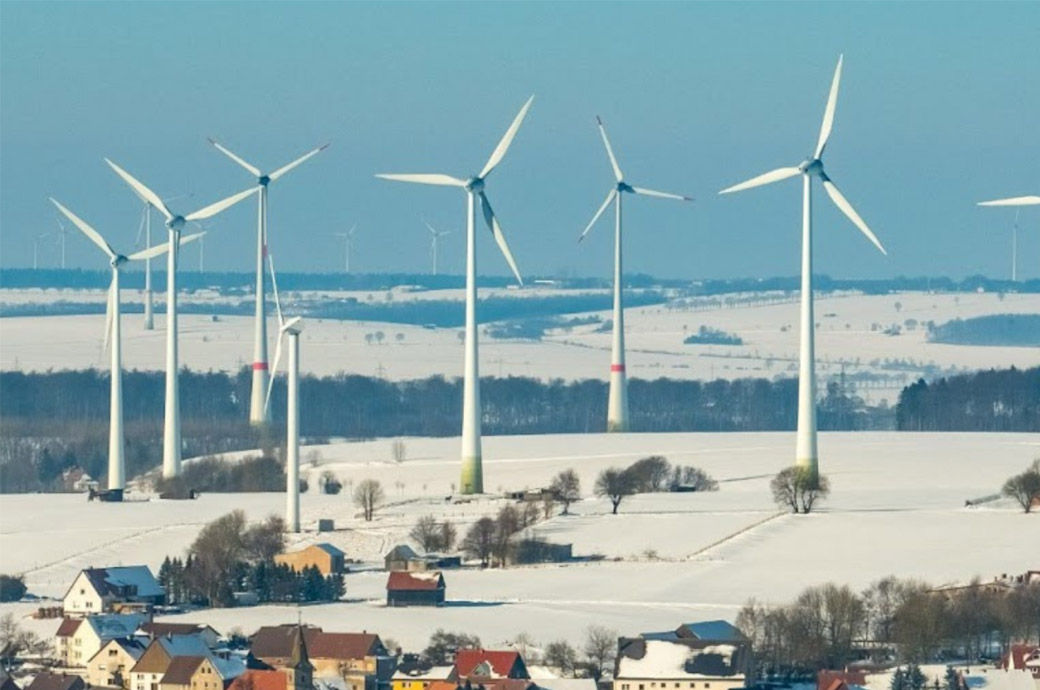

Total EU electricity demand was down by 6 per cent on the five-year average, saving €12 billion worth of electricity over winter—from November last year to March this year.
These demand reductions contributed to security of supply, saved gas for other uses and prevented a return of coal generation, Chris Rosslowe, Ember’s senior energy and climate data analyst; Harriet Fox, energy and climate data analyst; and Sarah Brown, Europe programme lead wrote.
As fossil fuel generation dropped by 12 per cent year on year due to a large drop in power demand, renewables increased to overtake the share of fossil fuels in the EU electricity mix for the first time.
Renewables accounted for 40 per cent of EU generation between October and March, with fossil fuels at 37 per cent.
Coal power fell by 11 per cent and gas by 13 per cent compared to the previous winter.
Of the 18 countries in the EU that continue to use coal for power, 15 reduced coal generation over winter 2022 compared to the same period the previous year.
The only three to increase coal generation were Italy, Finland and Hungary. ‘Returning’ coal units ran only at an average of 27 per cent of their full capacity over winter, the experts wrote.
Emergency EU legislation in October 2022 introduced a mandatory target to reduce power consumption by 5 per cent during peak hours. Ember analysis of hourly data from this winter and the previous five winters reveals that the majority of member states achieved this.
These actions almost certainly lowered system adequacy risks, reduced gas consumption and limited the occurrence of even more extreme price spikes.
Now, with Europe successfully on the other side of this winter and major supply disruptions avoided, it is clear the threatened coal comeback did not materialise, the authors noted.
On the contrary, spring is starting in Europe with coal generation down in six of the previous seven months, historically high gas storage levels, and industry forecasts of continued renewable growth to come, they added.
Fibre2Fashion News Desk (DS)